How Digital Self-Service Kiosks Are Reshaping the Food Industry
Through the incorporation of digital self-service kiosks, the food business is going through a substantial shift in a time of fast technological growth. The manner that consumers order and pay for their meals is being revolutionized by these cutting-edge touch-screen terminals. We will examine the effects of digital self-service kiosks on the food business in this blog article, including how they streamline the ordering process, improve client experiences, and even help drive up sales.
1. Streamlining the Ordering Process
Digital self-service kiosks simplify the ordering process for customers. Instead of waiting in long lines or dealing with complicated menus, patrons can browse through an intuitive interface, customize their orders, and make selections effortlessly. This streamlined approach minimizes order errors and reduces wait times, leading to higher customer satisfaction.
2. Enhanced Customization
One of the notable advantages of digital kiosks is the ability to offer extensive customization options. Customers can tailor their orders to their specific preferences, whether it’s adjusting ingredients, portion sizes, or dietary requirements. This level of customization not only meets individual tastes but also fosters loyalty and repeat business.
3. Order Accuracy and Efficiency
Order accuracy is paramount in the food industry. Human errors can lead to customer dissatisfaction and operational challenges. Digital self-service kiosks virtually eliminate miscommunication between customers and staff, ensuring precise orders and a more efficient kitchen operation.
4. Reduced Wait Times
Shorter wait times have become synonymous with customer satisfaction. Digital self-service kiosks significantly reduce the time customers spend waiting for their orders to be taken and processed. This improvement in service speed can result in higher table turnover and, consequently, increased revenue.
5. Contactless and Secure Payments
Digital self-service kiosks offer secure payment options, including contactless methods like mobile wallets and credit card payments. In today’s health-conscious environment, these features enhance safety by reducing the need for physical contact between staff and customers.
6. Enhanced Customer Experience
A positive dining experience is essential for customer loyalty and word-of-mouth recommendations. Digital self-service kiosks empower customers by putting them in control of their orders. This autonomy enhances their overall experience, contributing to higher satisfaction and the likelihood of return visits.
7. Multilingual and Accessible
Digital kiosks can cater to a diverse customer base by offering multilingual options and accessibility features. This inclusivity ensures that all patrons, regardless of their language or physical abilities, can enjoy a seamless and convenient dining experience.
8. Integration with Loyalty Programs
Many restaurants integrate digital kiosks with loyalty programs. Customers can easily accumulate rewards and discounts by using the kiosks for their orders. This incentivizes repeat business and fosters a sense of appreciation among patrons.
9. Data-Driven Insights
Digital self-service kiosks collect valuable data on customer preferences, order trends, and peak dining times. This data can be analyzed to make informed decisions about menu offerings, pricing strategies, and staffing schedules, ultimately optimizing restaurant operations and profitability.
10. Adaptability to Various Food Service Formats
Digital self-service kiosks are versatile and adaptable to different food service formats. Whether it’s quick-service restaurants, cafeterias, or upscale dining establishments, these kiosks can be tailored to meet the unique needs and styles of each venue.
Conclusion
Digital self-service kiosks are reshaping the food industry by improving efficiency, enhancing customer experiences, and contributing to increased revenue. As technology continues to evolve, these kiosks will likely become even more sophisticated, offering additional benefits to both customers and restaurant operators. By embracing this innovation, restaurants can stay competitive, meet the evolving demands of diners, and position themselves for long-term success in the dynamic and ever-changing world of food service.

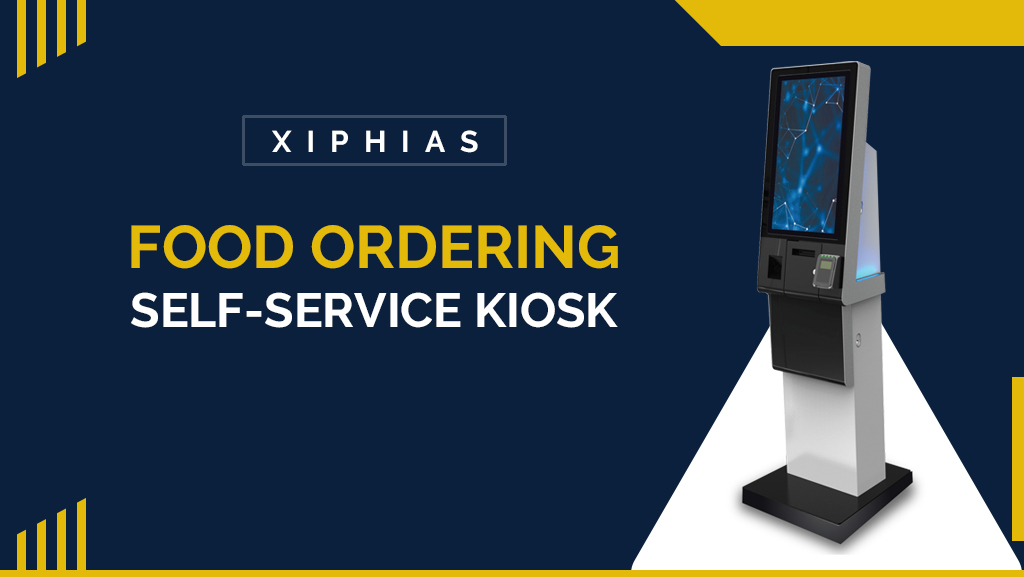

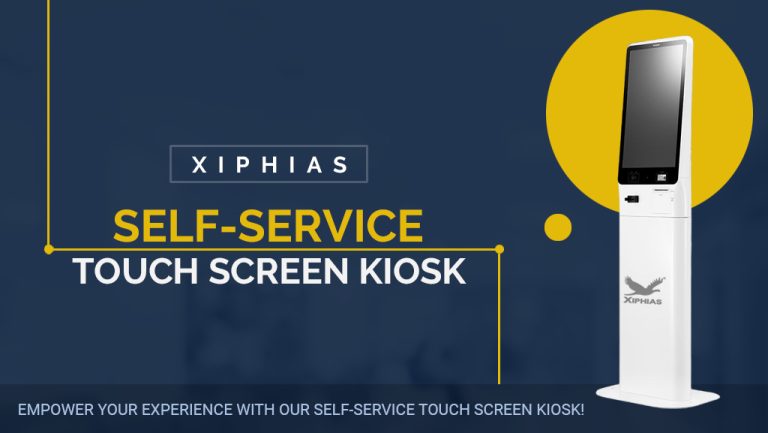
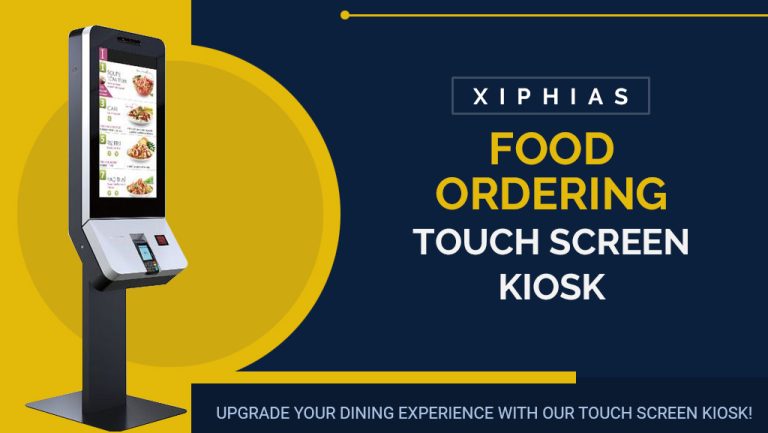
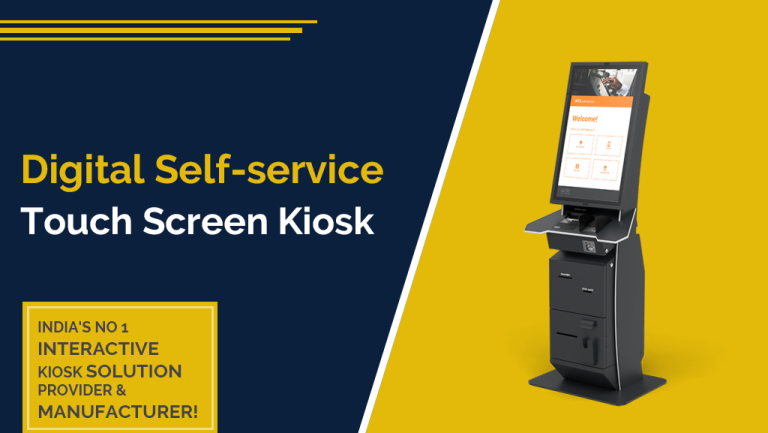

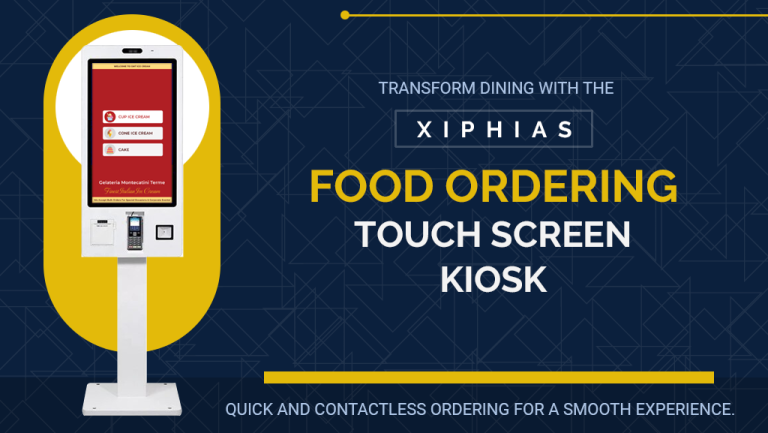
This blog is a gem! Well-researched and thought-provoking. Kudos to the writer for presenting complex ideas in such a digestible manner. alcohol rehabilitation centre in delhi